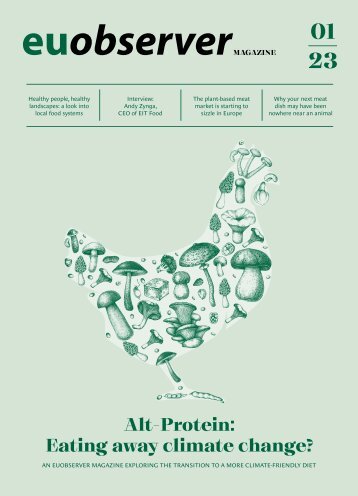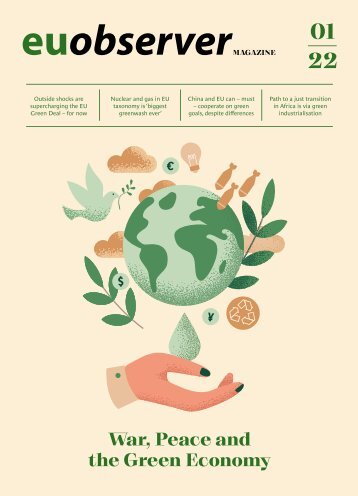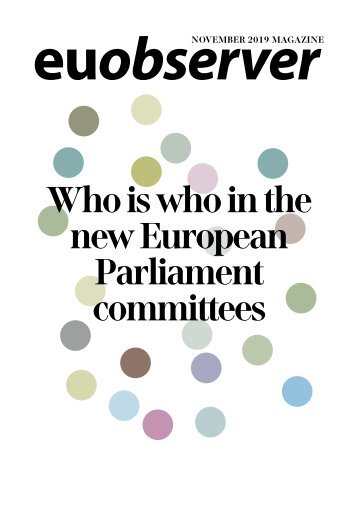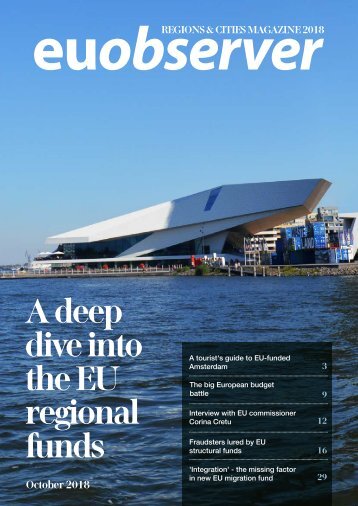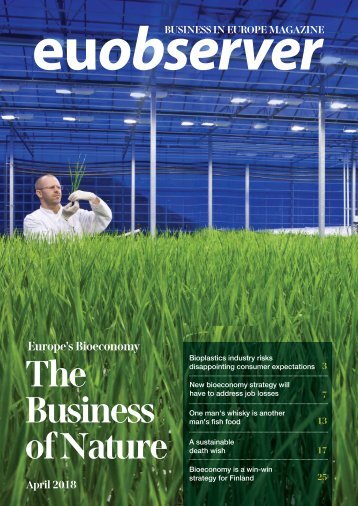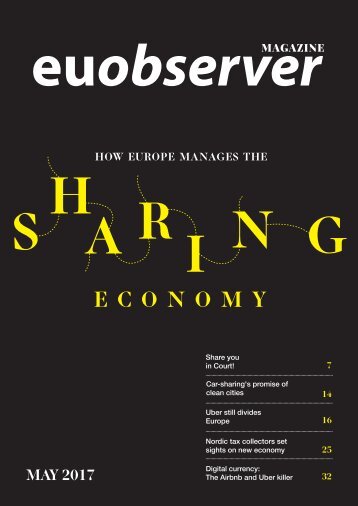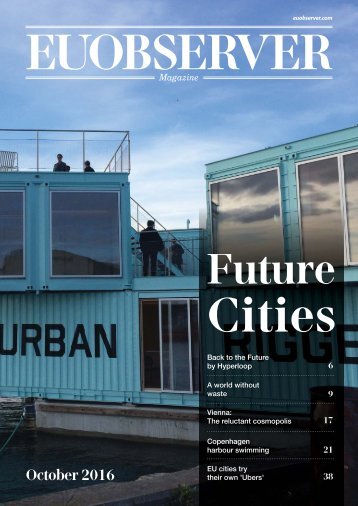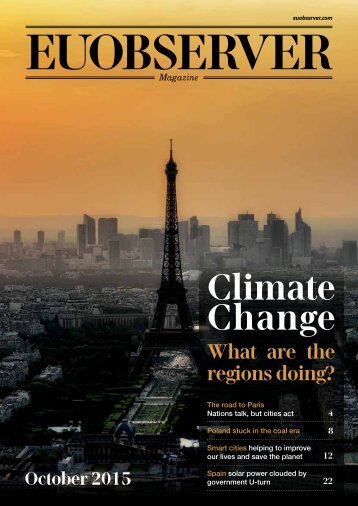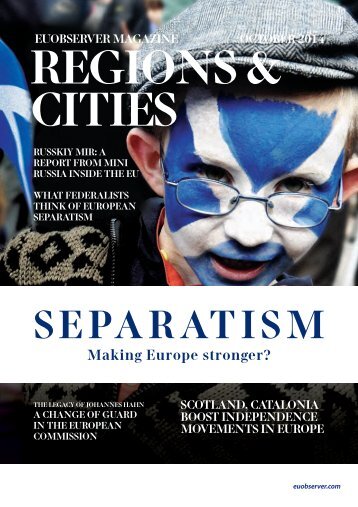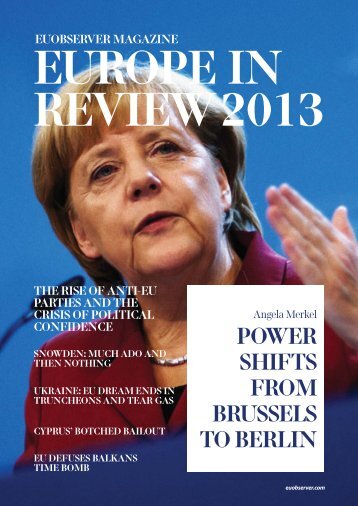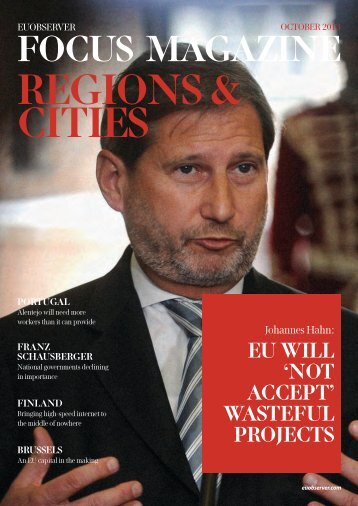Climate change: What are the regions doing?
- Text
- Transportation
- Hyperloop
- Europe
- Environment
- Change
- Energy
- Energy
- Euobserver
- Climate
- Cities
- Emissions
- Regions
Today,
Today, the coal-based energy sector puts Poland in the position of 22nd most air-polluting country in the world. Photo: GrueneNRW COAL-BASED ENERGY SECTOR A strong workers union lobby, in combination with coal’s large share of Poland’s energy mix are the reasons why Polish politicians are so reluctant towards decarbonisation plans. According to Eurostat data, around 83% of energy consumed in Poland is produced from black and brown coal, while in the rest of the EU 28, the average is 28%. Only around 10% comes from renewables (the EU 28 average is twice as high, at 20,4%) and only 4% comes from natural gas and oil (while in the rest of the EU 28 it is 25%). The problem with gas and oil is that 90% of it is imported from Russia. Changing these figures will be both expensive and time consuming. According to the long-term energy security strategy adopted two years ago by Donald Tusk’s government, coal will remain Poland’s main energy source until at least 2030 and will slowly be replaced by renewables, nuclear power and shale gas. ald Tusk decided to extend the Opole Plant by building another two coal blocks. Large investments have also been made in the Turów, Kozienice and Stalowa Wola plants. Polish politicians claim that coal plants can also produce clean energy. “To reach emission goals we don’t have to resign from coal. It is enough to switch to clean technology,” Jerzy Buzek, chair of the ITRE committee in the European Parliament, told EUobserver. ONE VICTORY AT A TIME During the latest negotiations on the common EU position for the Paris climate summit, Poland has managed to push for one important solution: the “coal neutrality”, which means that decarbonisation may be achieved in two ways: by the reduction of industrial emissions and by an increase in natural CO2 neutralisation, for example by reforestation. But this compromise is not enough for Law&Justice politicians who are likely to take power in October this year. Currently, some 70% of Poland’s 5,5 million households warm up their houses using coal installations, simply by using ovens. This causes huge amounts of smog and makes Poland, along with Bulgaria, the countries with the worst air quality in the EU. Coal-burning energy plants also add to this. The coal-based energy sector puts Poland in the position of 22nd most air-polluting country in the world. Poland produces 317 tonnes of CO2 every year, according to data from British Petroleum. Despite this, the Polish government continues to invest in coal plants. Two years ago, the then PM Don- It is not clear what may happen during the Paris climate summit if Poland is represented by the Law&Justice ministers, but as Katarzyna Pliszczynska, current spokesperson for the Environment Ministry points out, the EU negotiating position is already agreed and is not subject to change. “Poland’s disagreement may only put the country in the outsider’s position and create an awkward diplomatic situation,” she said. Katarzyna Guzek, Greenpeace spokesperson, said: “Climate change is a problem but it’s a global problem so the responsibility is blurred. That makes it more difficult for people to understand that actions have to be taken locally.” 10 ––––– EUobserver Magazine 2015
INNOVATION FOR GROWTH Ageing population? Renewable resources? CO 2 3D printed devices Carbon dioxide Industrial Renaissance? Innovative Chemistry Enabled Solutions Rejuvenated process technologies Smart cities? Advanced materials The untold secret to Europe’s global competitiveness edge DARE TO DISCOVER www.innovation-for-growth.eu EUobserver Magazine 2015 ––––– 11
- Page 1 and 2: euobserver.com Magazine Climate Cha
- Page 3 and 4: PHOTOSSERIES How climate change may
- Page 5 and 6: “As cities, we can lead the way i
- Page 7 and 8: THE SMART DESTINATION FOR 2016. Wel
- Page 9: In the small Polish town of Brzeszc
- Page 13 and 14: Empty street in Warsaw. Street ligh
- Page 15 and 16: EUobserver Magazine 2015 ----- 15
- Page 17 and 18: Photo: DinosaursAreNotDead Climate
- Page 19 and 20: The ultimate target is to keep all
- Page 21 and 22: PHOTOSSERIES Small and big solution
- Page 23 and 24: Part of the problem stems from big
- Page 25 and 26: The largest network of regions in E
- Page 27 and 28: It all began when Statoil wanted to
- Page 29 and 30: The algae reactor in Kalundborg Gre
- Page 31 and 32: “ Only physics will decide if we
- Page 33 and 34: The most important policy change is
- Page 35 and 36: CHICKEN-AND-EGG PROBLEM Growth of t
Inappropriate
Loading...
Mail this publication
Loading...
Embed
Loading...

